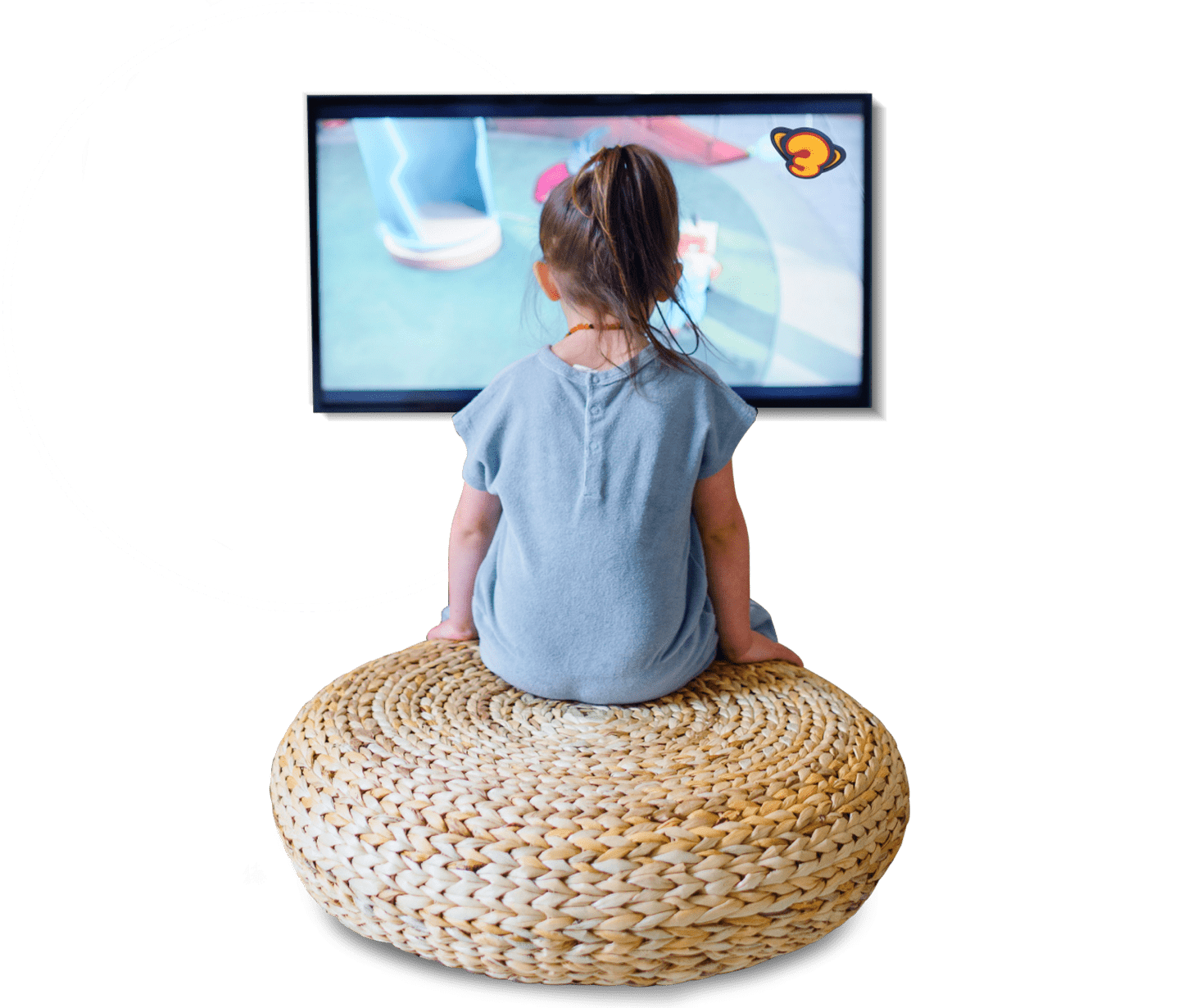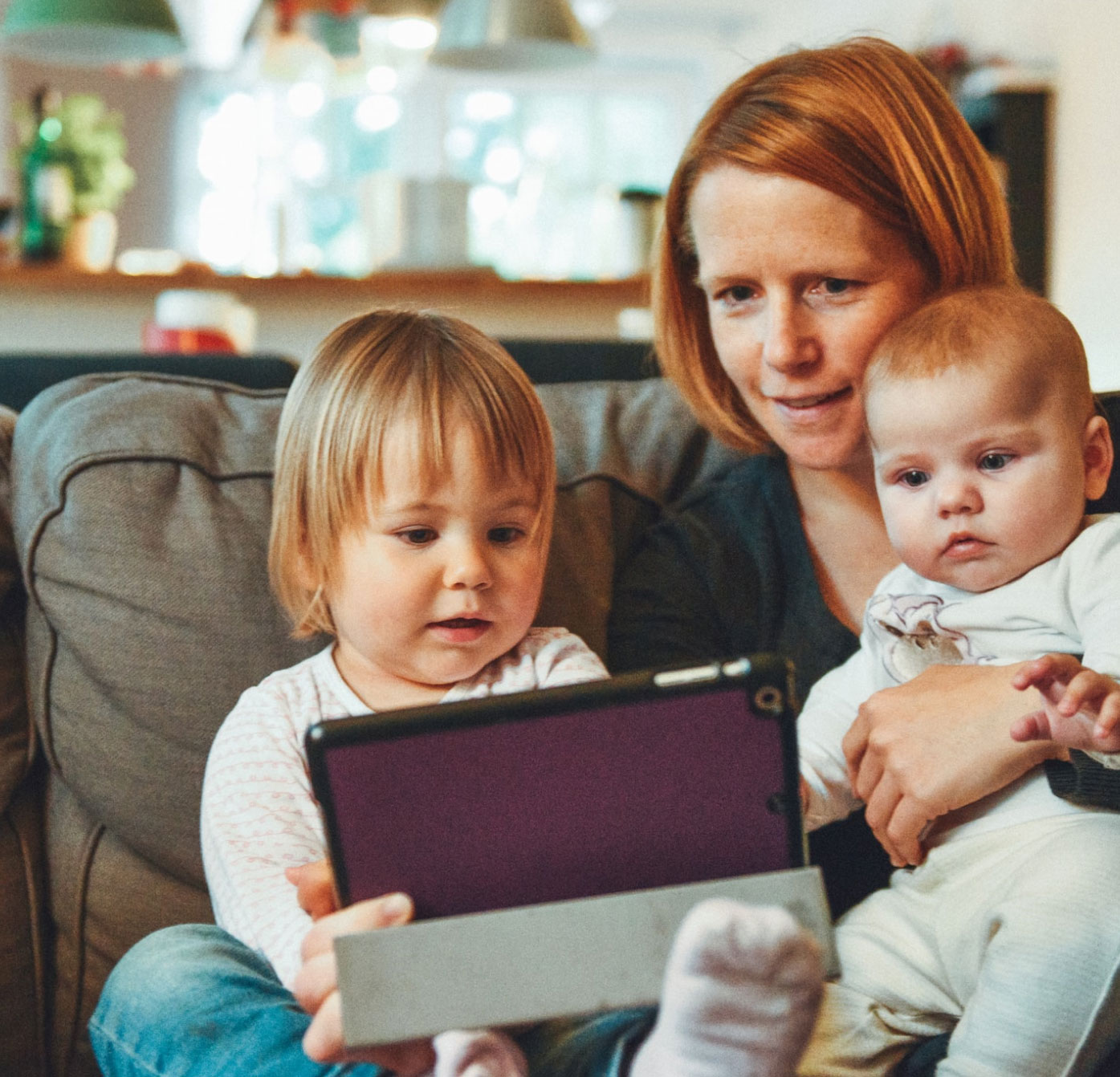Super3
Research to understand the children's audiovisual sector in Spain

We reimagined the Super3 channel's perspective on children's television viewing habits.
Understanding the paradigm shift in television consumption.
Roadmap definition with future actions.
Client

Sector
Telecommunications - Media
Methodology
Discovery
Experience Research
The challenge
Obtaining insights on children's television consumption
In recent years, a clear trend in the audiovisual world has been that youngsters are gradually watching less traditional television and instead consuming content from various technology platforms or the ever-present YouTube.
Faced with this fact, Super3, a Catalan public television channel focused on children, felt compelled to learn everything they could about their audience's television viewing habits.
With this need, the company's digital division approached Multiplica to perform research among their target audience in order to confirm or refute their ideas and assess what content children are watching, on what platforms and devices, and in what family context.
Faced with this fact, Super3, a Catalan public television channel focused on children, felt compelled to learn everything they could about their audience's television viewing habits.
With this need, the company's digital division approached Multiplica to perform research among their target audience in order to confirm or refute their ideas and assess what content children are watching, on what platforms and devices, and in what family context.
"We were presented with the problem of interviewing children and their families for this project, which needs a different technique than interviewing adults. We also had to do these interviews virtually due to the pandemic's restrictions. However, once we were able to have access to them, we were able to gain some extremely intriguing insights, thanks to the children's amazing spontaneity and honesty in responding to all our inquiries".
What we did
In-depth interviews with children and their families
We began our research by gaining a thorough understanding of Super3's current situation, its initial hypotheses, and the critical factors on which we should base our investigation. We completed the questionnaires for the interviews after defining the project's scope, taking into account a segmentation of the children's age groups (from 0 to 5 years old, from 6 to 9 years old and from 10 to 12 years old).
We were forced to conduct the interviews remotely because of the limits imposed by the pandemic. We asked them about how they watched audiovisual content in the interviews, which were also attended by their parents, to learn about their behavior, the devices they used, the typical hours and length of stay, and the dynamics that were produced.
We were forced to conduct the interviews remotely because of the limits imposed by the pandemic. We asked them about how they watched audiovisual content in the interviews, which were also attended by their parents, to learn about their behavior, the devices they used, the typical hours and length of stay, and the dynamics that were produced.

We also asked about their viewing habits, such as which stations, programs, and TV shows they like. We additionally inquired about how parents managed their children's screen usage and parental restrictions.
For each household, a thematic sheet was made. We also worked on a board to assist us organize the various post-its with the primary concepts we gleaned from the interviews so that we could group and categorize our findings by subject.
The end result was a clear x-ray of what kids are watching right now, categorized by themes and resulting in qualitative consumption patterns. From there we were able to identify areas of opportunity for Super3 in the short, medium, and long term.
For each household, a thematic sheet was made. We also worked on a board to assist us organize the various post-its with the primary concepts we gleaned from the interviews so that we could group and categorize our findings by subject.
The end result was a clear x-ray of what kids are watching right now, categorized by themes and resulting in qualitative consumption patterns. From there we were able to identify areas of opportunity for Super3 in the short, medium, and long term.
Key learnings
Although conducting research with children is initially difficult – identifying the right sample to interview and the right tone in which to ask the questions – once we got access to them, we learned a lot. This is due to the fact that youngsters express themselves more openly and honestly than adults.
Because children's tastes and interests change so quickly, companies that provide content, products, or services to these audiences must conduct ongoing research with them.
Because children's tastes and interests change so quickly, companies that provide content, products, or services to these audiences must conduct ongoing research with them.
The results
1.
Creating a snapshot of the state of the audiovisual sector for children in Spain, in order to comprehend the paradigm change that has occurred in recent years, in which they have moved on to use YouTube or platforms like Netflix.
2.
Definition of a list of opportunities and development of a roadmap outlining the company's short, medium, and long-term actions.
Understanding the paradigm shift in television consumption.
Roadmap definition with future actions.
"The Multiplica team provided us with critical insights and ideas that assisted us in redefining the Super3 vision and roadmap. They demonstrated outstanding expertise and knowledge of UX research throughout the project, as well as a genuine enthusiasm for research. The argumentative clarity with which they presented the data really aided in changing the internal team's mental framework and approaching the transformation process with a much deeper understanding of boys and girls' audiovisual consumption habits".
Geni de Vilar,
Assistant Director Digital Media Area at TV3 and Catalunya Ràdio
Highlights
Understanding that everything moves quickly with audiovisual content,
especially with children, and that this is exacerbated by their ease in adopting new features into their daily lives.
Great synchronicity with the client,
which allowed us to scale the project and meet the scope by understanding their needs and expectations.
Learning how to conduct qualitative research with a variety of audiences
while responding to the needs of a child's audience.
Other relevant
projects
projects
Do you have a project in mind?
Let's work together
Let's work together